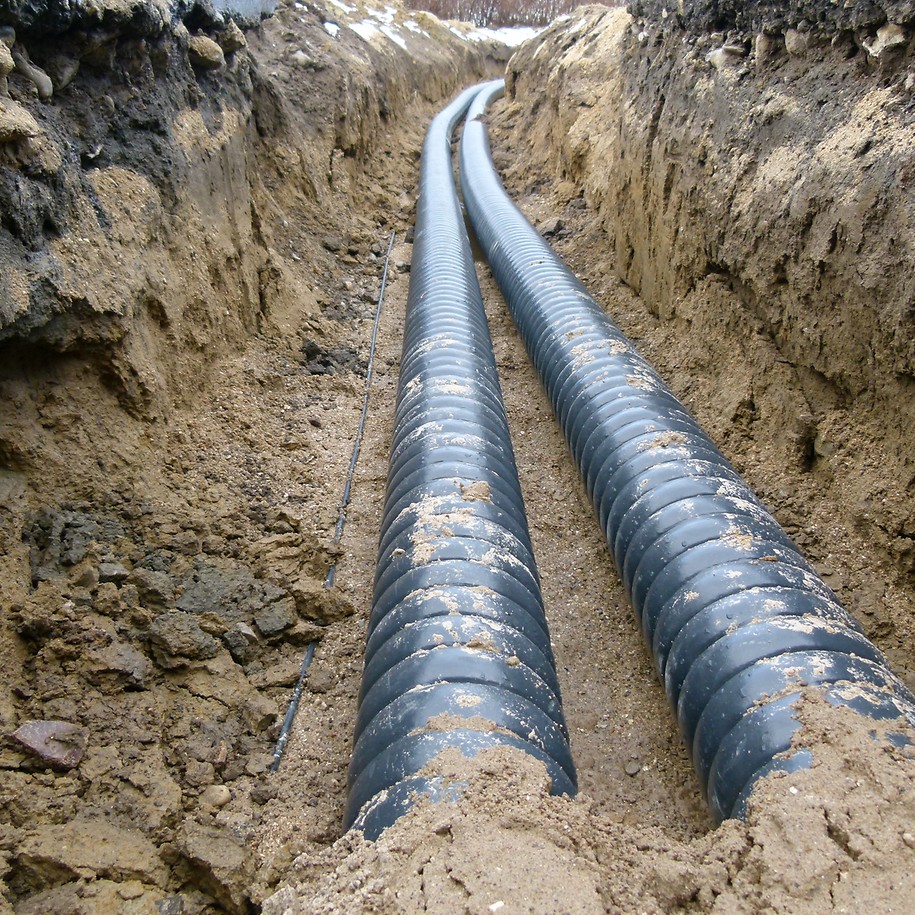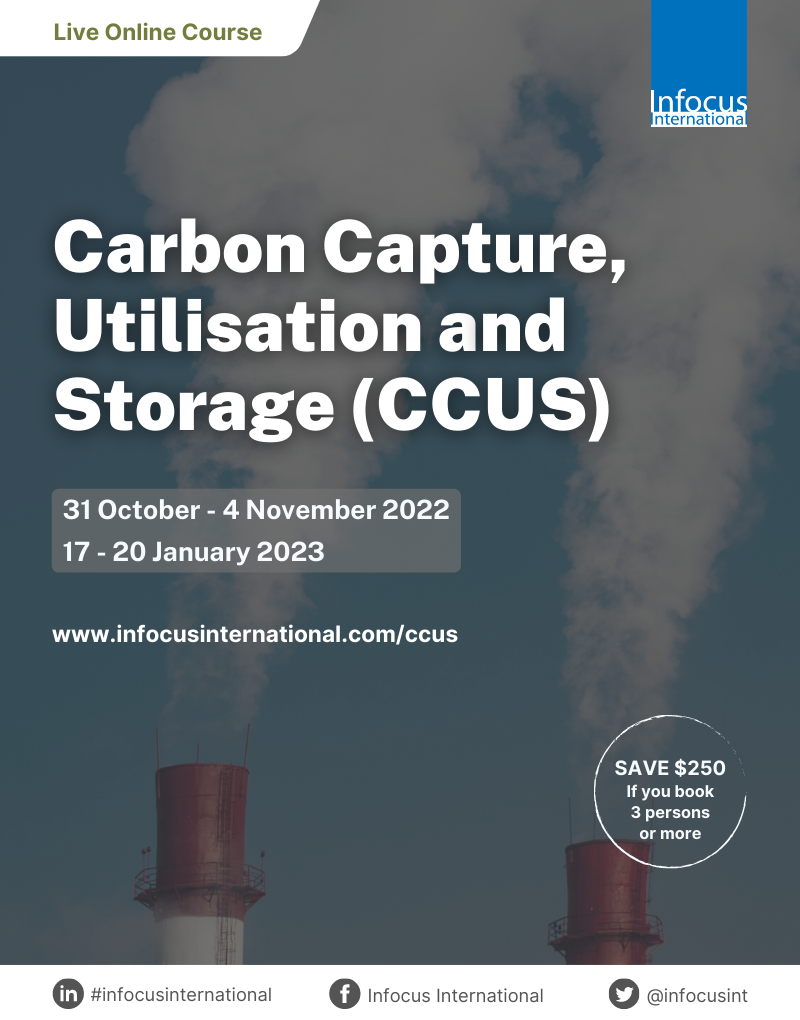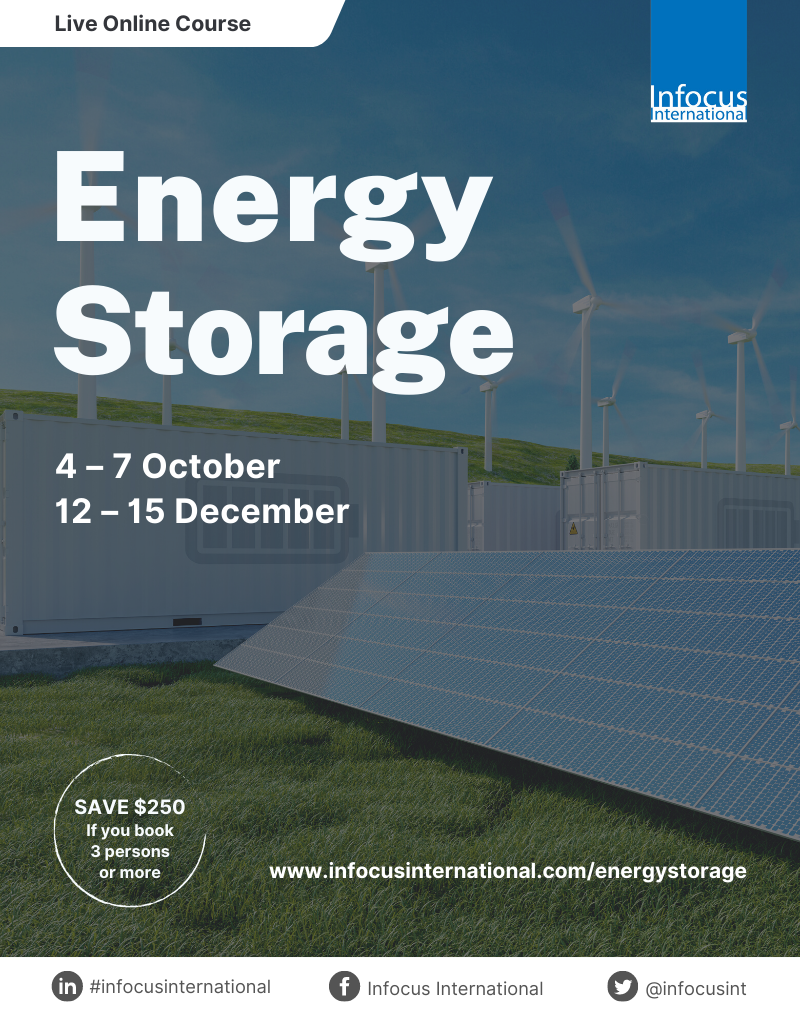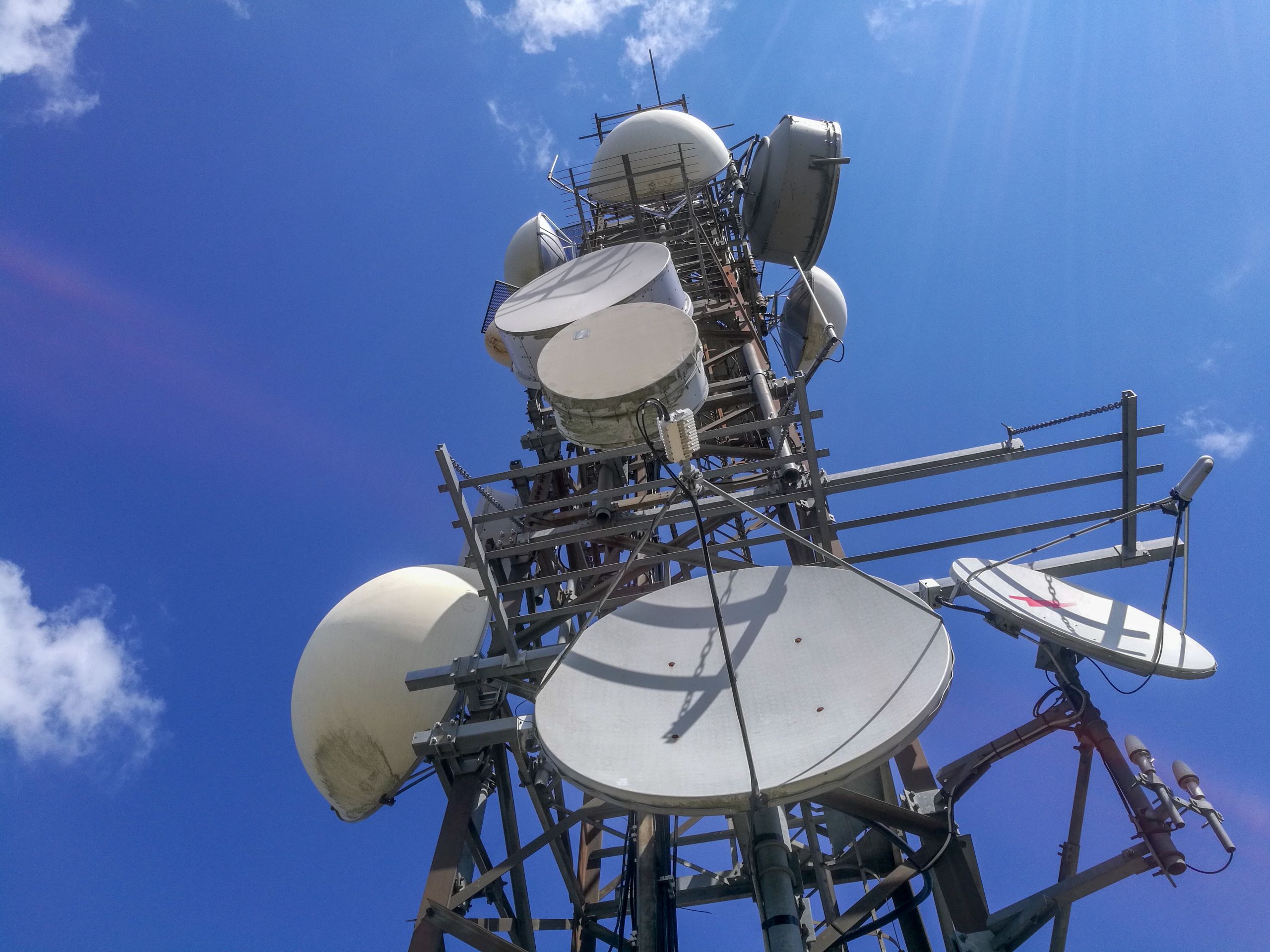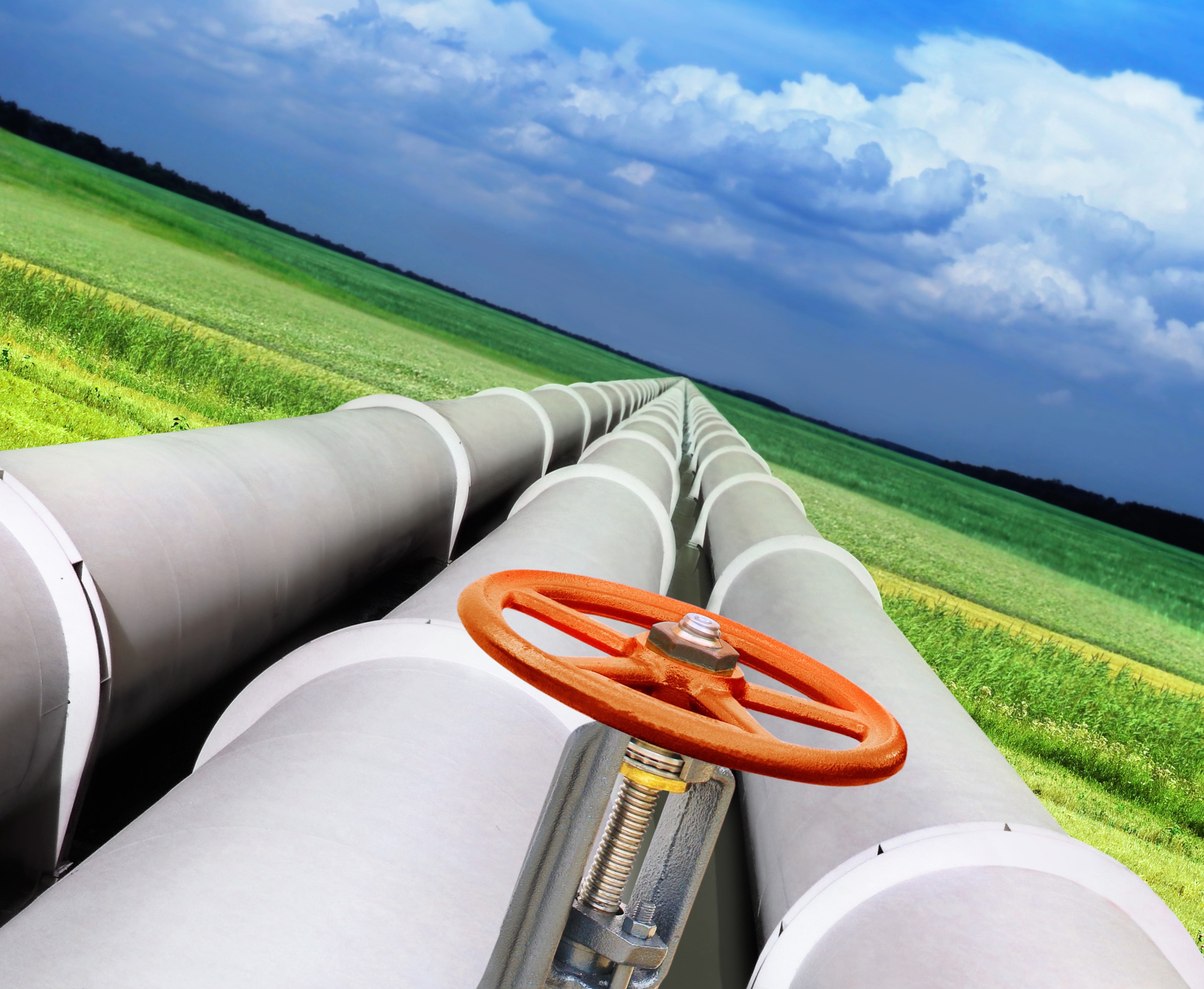Uganda and Tanzania have signed the final Inter Government Agreement (IGA) – the East African Crude Oil Pipe Line Agreement (EACOP)-for the construction of the Hoima- Tanga crude oil pipeline. The signing of the implementation agreement which is the final phase of negotiations between the two countries before implementation can begin, took place in Kampala on Friday May 26th.
Last week the President of Uganda, Yoweri Museveni and his Tanzanian counterpart, John Magufuli signed another agreement on the side-lines of the East African Community Summit, that was intended to deal with specific implementation issues that touch on regulatory commitments to the East African Community. For example, the heads of state dealt with how taxation on the project would be handled and how profits and dividends for the investors in the project will be dealt with.
These sort of issues seen as some of the intricate and delicate details that fall in the domain of technocrats to execute according to existing laws and protocols by virtue of their call of duty yet normally bring inter-state disagreements. It is disagreements in “small” issues like these that in the process drive projects into a stalemate or causing delays which has not amused politicians most of the time. By dealing with these issues at the head of state level the two presidents are underlining the urgency with which they want this project to be executed.
That explains the stern voice with which Tanzania’s signatory, Constitutional Affairs Minister, Prof. John Palamagamba spoke at the signing of the IPA: ”The deadline of 2020 must be 2020,” he said.
Uganda’s minister of Energy & Mineral Development, Irene Muloni who signed on behalf of Uganda said the choice for the Hoima-Tanga route was premised on the “attractive incentives” that the Government of Tanzania had offered Uganda.
It will be remembered that Uganda took a last minute decision in late 2016, to bolt out of the more vociferous and high value Lamu Port, South Sudan, Ethiopia Transport (LAPSSET) northern corridor project driven by Kenya.
Called “Eastern Africa’s largest and most ambitious infrastructure project bringing together Kenya, Ethiopia and South Sudan, “the multi-billion dollar LAPSSET is short for seven mega infrastructure projects namely;
- a new 32 Berth port at Lamu (Kenya);
- Interregional Highways from Lamu to Isiolo, Isiolo to Juba (South Sudan), Isiolo to Addis Ababa (Ethiopia), and Lamu to Garsen (Kenya),
- Crude Oil Pipeline from Lamu to Isiolo, Isiolo to Juba; Product Oil Pipeline from Lamu to Isiolo, Isiolo to Addis Ababa;
- Interregional Standard Gauge Railway lines from Lamu to Isiolo, Isiolo to Juba, Isiolo to Addis Ababa, and Nairobi to Isiolo;
- 3 International Airports: one each at Lamu, Isiolo, and Lake Turkana;
- 3 Resort Cities: one each at Lamu, Isiolo and Lake Turkana; and
- The multipurpose High Grand Falls Dam along the Tana River.
Some of the concerns Uganda is known to have raised and asked for assurances to join the LAPSSET include; security of the pipeline that passes through a heavily militarised and security unstable northern Kenya bordering Somalia and Ethiopia, as well as South Sudan.
The US$ 3.5 billion Hoima-Tanga pipeline on its part, will snake some 1,450 Kms to the Indian Ocean coast, at an underground depth of 1.2 metres. The pipeline will run from Buseruka sub-county, in Hoima districts taking the southern route through Masaka district onto Bukoba in Tanzania, looping over to the southern shores of Lake Victoria, to Shinyanga then Siginda onto Tanga at the Indian Ocean coast. It is expected that the pipeline will be ready for.




